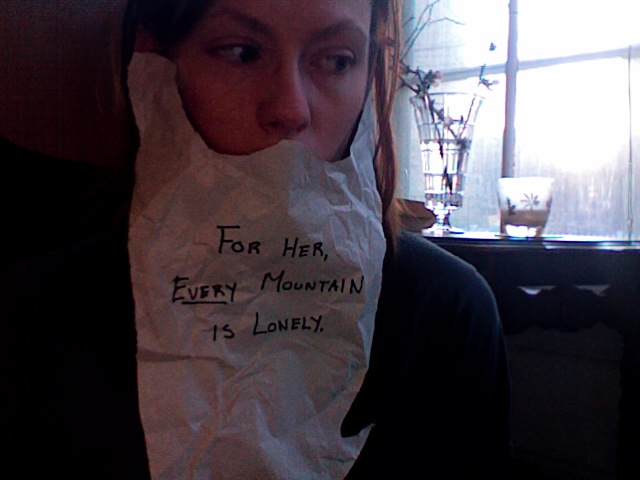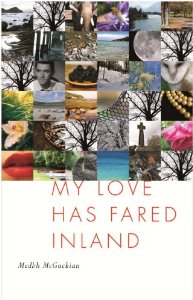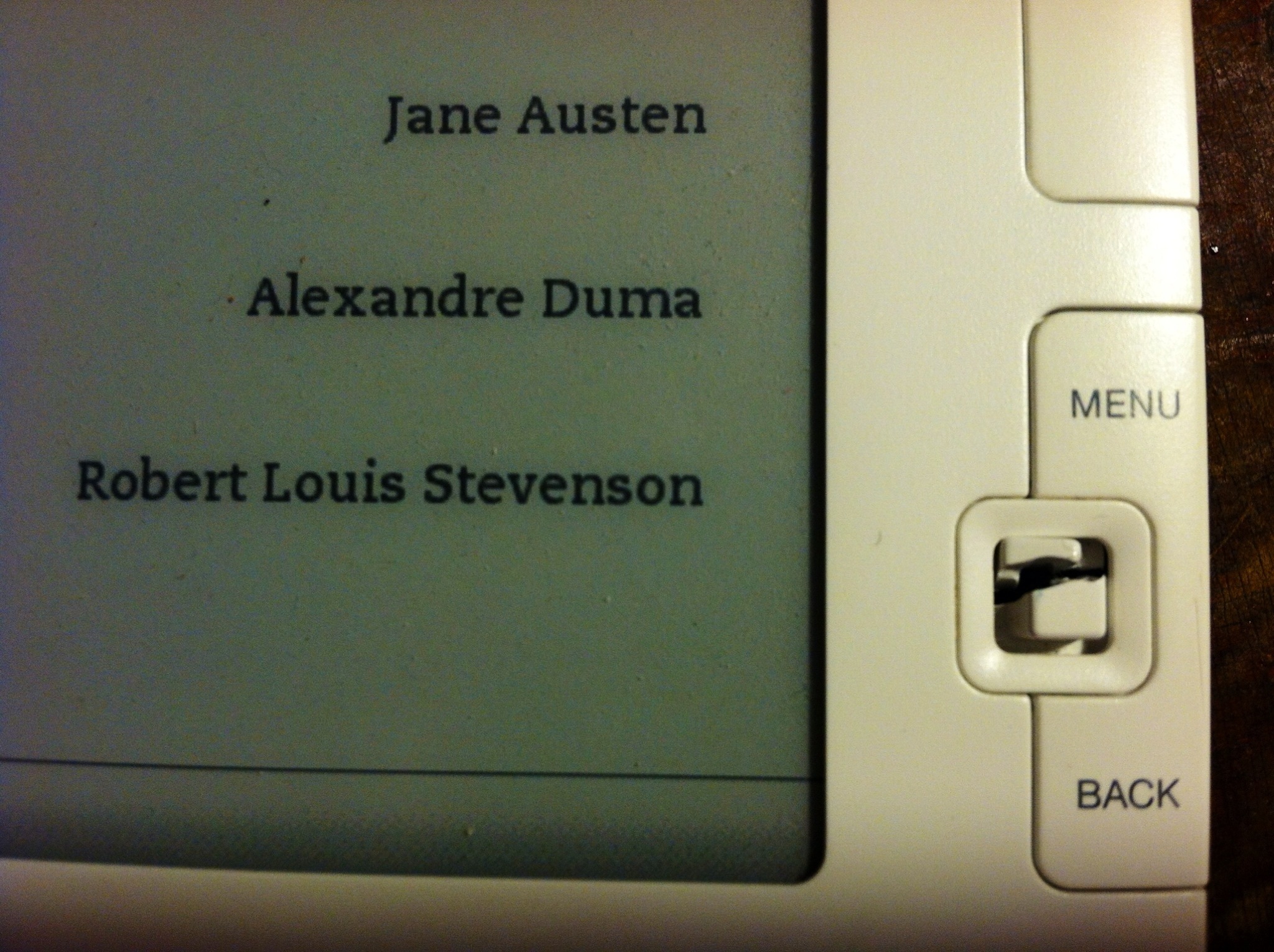And by “dwarf” I mean the mythical variety, featured in The Hobbit, not the medical condition.
I’ve been pretty deep in the work of J.R.R. Tolkien lately. My husband and I just finished reading The Hobbit aloud this evening, taking a chapter or two every day after dinner. Simultaneously, I’ve been reading the Lord of the Rings trilogy straight through, something I haven’t done in a long, long time. Add a LOTR movie marathon and the hype about the new Hobbit movies and what we have here is an immersion.
Whenever I read Lord of the Rings, my inner geek collides with my inner women’s history nut and I find myself obsessing about the plight of the dwarvish women. There’s not much written about them, because, in case you haven’t noticed, there aren’t a lot of ladies in The Lord of the Rings. You could count all the prominent females on the toes of one hobbit foot, if you count Lobelia Sackville-Baggins, which I don’t. Tolkien could write a mean adventure, true, but for him, women appeared to be an afterthought. The Lord of the Rings is pretty much a sausage-fest. Galadriel was like the lone female Fortune 500 CEO on a Forbes list from ten years ago. What I’m saying here is that the glass ceiling in Middle-Earth was exceedingly low.
No one had a lower glass ceiling than female dwarves. Their glass ceiling was subterranean, and not just literally. Dwarvish women appear in one short paragraph in the Lord of the Rings appendix, which Gimli more or less recites in the Two Towers film. According to Tolkien Gateway, femae dwarves are mentioned in Tolkien’s book War of Jewels as well (which I have not read.) Here’s the breakdown, for people who are not as obsessed as I:
•Only one third of dwarves are female.
•They are kept in the mountains by the male dwarves and only travel “during times of great need,” and then they are disguised as men.
•They look and sound like dwarf males anyhow, (allegedly) right down to the beards.
•The dwarf population dwindles when they have no secure dwelling – this tells me that the dwarf women are kept in mountains to be baby machines.
•The ladies are not mentioned or recognized in dwarvish genealogy (except for Thorin’s sister Dís, who is only mentioned because of her two sons.)
•No one who is not a dwarf has ever seen one, so some men have come to believe that dwarves are born from stone.
That last one bothers me most. Tolkien’s dwarves keep a lot of secrets – secret technologies, secret doors, secret languages – but to keep one gender a secret? That’s a cultural fail. It’s pretty degrading, it’s totally unhealthy and it’s probably abusive.
Perhaps you think I’m being unfair to the male dwarves and to dwarven culture in general. Think again. Anyone who has ever taken a high school health class knows that isolation is one of the first signs of abuse. An abuser wants to control you, so he (or she) cuts you off from your friends, sunlight, opportunities in the outer world, etc.
Now let’s pretend you’re a dwarf maiden. The men in your family keep you locked in a mountain, far away from light, fresh air and visitors. Your brothers are free to go out into the world to work and have dragon-related adventures, but you have to stay home and brush out your beard. That is, when you’re not bearing sons.
You are kept far away from the outside world, which is a problem since you won’t be anywhere near the door when when the Orcs/Dragon/Balrog attacks. Oh, and the Orcs/Dragon/Balrog will attack, because the dwarves in Tolkien’s books never learn from their mistakes. They always mine too deeply and they consistently fail to develop effective anti-dragon security systems. So who won’t be able to get out while all the dwarf-men are running for the door? Right. You.
This is an appalling state of affairs, and something ought to be done about it. I’m not talking about some crazy campaign featuring a wizard and a Fellowship. I’m talking about a grassroots campaign. Let woman, elf-maiden and hobbit-lass stand together and campaign for justice on behalf of our silent, bearded sisters!
That said, I’d like to introduce the Bearded Ladies Initiative, complete with grassrootsy, home-made public service announcements that I slapped together in an hour using a piece of paper, scissors and the camera in my computer.

Sad, true, and seldom acknowledged.

She isn’t your dragon-hoard, male oppressor!
I encourage those who stand with me to make their own beards and write their own slogans. If you’re really committed, buy a tee shirt. All proceeds will go to me, unless you can find me some real Tolkien-style dwarf ladies languishing under the mountains. Which you won’t, because as Gimli tells us, they are well-hidden.








